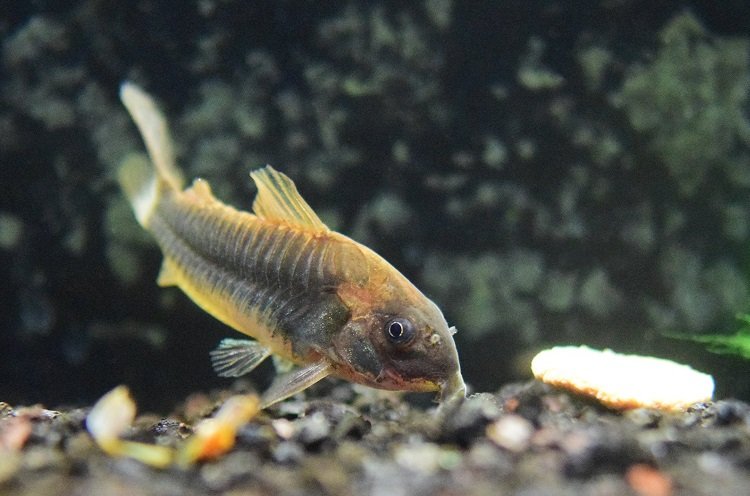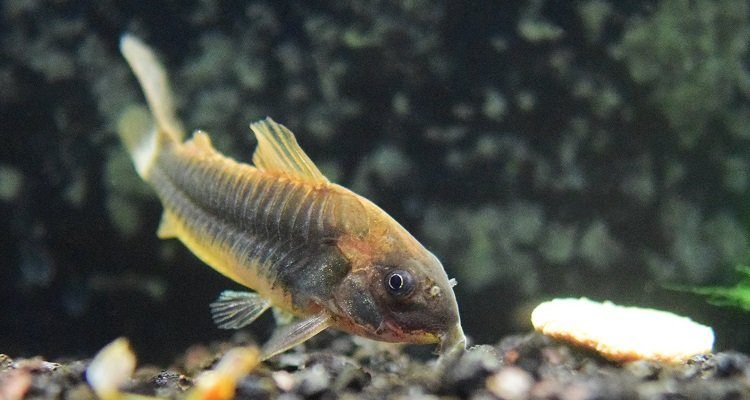
If you’re thinking about keeping Corydoras catfish or already have some, being prepared for potential health issues can save you a lot of stress down the road. You might be wondering what these common ailments are and, more importantly, how you can treat them effectively. Let’s dive into the world of Corydoras catfish health and explore some of the common problems they experience, how to spot them, and strategies to help your fish feel better.
Understanding Common Health Issues in Corydoras Catfish
Corydoras catfish can experience a variety of health problems, often influenced by their environment, diet, and stress levels. Understanding these issues is crucial in helping them lead a healthy, happy life. Most of the time, signs of illness can be subtle, so keeping a close eye on your fish is key.
Some common health problems include fin rot, ich, bacterial infections, and swim bladder disorders. Each of these ailments can be caused by a range of factors such as poor water quality, overcrowding, and even diet. Think of it this way: if you were living in a messy, cramped space with unhealthy food, you wouldn’t exactly be thriving, right? The same goes for your fish.
Let me explain a bit about why these health issues occur. Poor water conditions—like elevated ammonia or nitrite levels—can stress your Corydoras catfish and weaken their immune systems. This makes them more susceptible to infections and diseases. Additionally, overcrowding can lead to aggression and stress, which can further contribute to health problems.
Signs of Stress and Illness
Recognizing the signs of stress and illness in your Corydoras catfish is essential for early intervention. Here are a few things to watch for:
- Changes in Behavior: If your fish seem less active than usual, hiding more, or not interacting with tank mates, they may be stressed or unwell.
- Physical Changes: Look for any symptoms like clamped fins, frayed fins, or unusual spots or growths on their body. These can indicate infections or illnesses.
- Feeding Habits: If your Corydoras stop eating or seem disinterested in food, it’s a red flag. A healthy fish usually loves to eat.
Keeping an eye on your fish is similar to checking in on a friend who’s been a bit off lately. If you notice anything unusual, it’s time to take action. It’s always better to be safe than sorry!
Dealing with Fin Rot
Fin rot is one of the most common ailments affecting Corydoras catfish, usually caused by poor water quality or injury. You might notice that the edges of their fins look frayed or discolored, which can be concerning. Here’s how you can treat it:
1. Improve Water Quality: Start by testing your tank’s water parameters. Make sure ammonia and nitrite levels are low, and perform water changes as needed to keep things clean.
2. Add Aquarium Salt: Salt can help promote healing. Dissolve aquarium salt into your tank according to the recommended dosage, but be cautious. Some fish are more sensitive to salt than others, so be sure to monitor your Corydoras closely.
3. Antibacterial Treatment: If the fin rot doesn’t improve, consider using an antibacterial treatment designed for freshwater fish. Follow the instructions carefully, as overdosing can harm your fish.
By tackling fin rot early and maintaining good water quality, you can help your Corydoras bounce back in no time.
Understanding Ich (White Spot Disease)
Ich, or “white spot disease,” is another common problem affecting Corydoras catfish. It’s basically a pesky parasite that makes your fish look like they have grains of salt scattered over their bodies. If you notice these white spots, here’s what you should do:
1. Increase Water Temperature: Gradually raise the water temperature by a couple of degrees to speed up the life cycle of the parasite. This can help it become more vulnerable to treatments.
2. Use Medications: Look for medications specifically designed for ich. These treatments usually work well in freshwater tanks but make sure to read the instructions for proper dosing.
3. Maintain Good Water Quality: Like with fin rot, good water conditions are crucial. Make sure your fish are not stressed by performing regular water changes and monitoring parameters.
Ich can spread quickly, so acting fast is key. Think of it like catching a cold early; the sooner you treat it, the better off you’ll be!
Recognizing Bacterial Infections
Bacterial infections can manifest in a variety of ways, such as lesions, swelling, or unusual mucus production on your Corydoras. These infections can result from a mix of stress and poor water conditions. Here’s how to address them:
1. Isolate the Affected Fish: If you notice one of your Corydoras showing signs of a bacterial infection, it’s best to move them to a separate hospital tank. This helps prevent the spread of infection to other fish.
2. Treat with Antibiotics: You’ll likely need to use a broad-spectrum antibiotic to treat the infection. There are many brands available, but make sure you select one that’s safe for freshwater fish.
3. Enhance Water Quality: As always, maintain good water quality. Keep the tank clean and consider adding beneficial bacteria to help boost your fish’s immune system.
By catching bacterial infections early, you can greatly improve your fish’s chances of recovery.
Swim Bladder Disorders Explained
Swim bladder disorders can affect a Corydoras catfish’s ability to swim properly, making them seem uncoordinated or floaty. This issue can be caused by a variety of factors, including overfeeding, stress, or even injury. To help treat this:
1. Evaluate Feeding Habits: Make sure you’re not overfeeding your fish. A good rule of thumb is to only offer them an amount they can consume in a few minutes.
2. Starve and Observe: If you suspect swim bladder issues, try fasting your fish for a couple of days. This can sometimes help regulate their swim bladder.
3. Increase Water Temperature Gradually: Just like with ich, a slight increase in the water temperature can improve digestion and help resolve the issue.
Taking these steps can help return your Corydoras to their usual, joyful selves.
Preventative Care for Healthy Corydoras Catfish
Prevention is always better than cure, especially when it comes to keeping your Corydoras catfish healthy. Here are some best practices you can implement:
- Maintain Water Quality: Regularly test and change the water to keep ammonia and nitrite levels low.
- Avoid Overcrowding: Make sure your tank isn’t overstocked, which can lead to stress and health problems.
- Diet Variety: Provide a balanced diet that includes high-quality sinking pellets, freeze-dried foods, and occasional fresh veggies.
Think of care for your Corydoras like tending to a garden. The better the conditions, the healthier and happier your fish will be.
In summary, keeping Corydoras catfish can be a joy, but it comes with the responsibility of ensuring their health. By being aware of common health issues and knowing how to treat them, you’ll be better equipped to provide a loving and healing environment. Remember, your fish rely on you for their care, and with a little effort, they can thrive!

